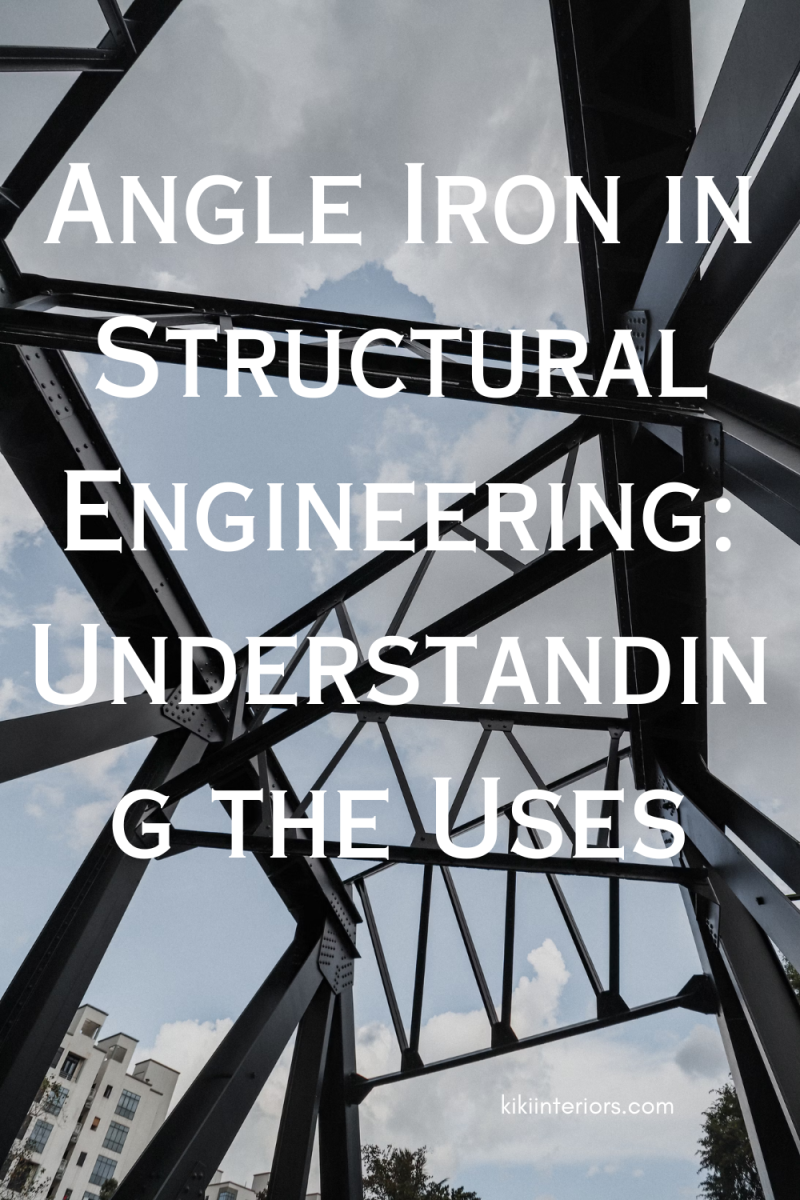
If you get into engineering or architecture in any way, you will probably come to learn about the
angle iron sooner rather than later. It is a crucial component of virtually any building and even
some art pieces. Angle irons provide structural integrity, and that’s something you want with
buildings and other projects.
You can buy an angle iron if you need one or many of them. You can get them in various sizes
from several manufacturers. Before you purchase one, though, let’s make sure you understand
the best uses for it.
The Fundamentals of Angle Irons
An angle iron looks like the letter L. There is a shorter section and a longer section. Because of
this unique design feature, you can set up or configure angle irons in such a way that they
provide excellent structural support for buildings.
You will also see sculptors use them often. They know that the angle iron can be used as the
foundation of a project and that they can affix less stable elements to it. It all starts with the
angle iron at the base, the bedrock on which the rest of the project rests.
Common Uses in Structural Engineering
In structural engineering, angle irons have a very specific use. As an engineer or architect
designing a building, you can utilize one if you need an angle or corner between two different
surfaces.
The two pieces of metal that are perpendicular to each other and that comprise the angle iron
are usually called legs by architects and engineers. It is the connection of these two legs that
gives you support and structural integrity.
When you have your angle iron in the right spot, you can use it both as a brace and as structural
support. That is why this concept has been around for so many years and is still in use today in
modern buildings or high-concept art pieces.

Angle Irons Have a Key Structural Use
If you see a building of any size, you should know it’s more than likely there are angle irons in
the foundation holding up the walls. You’ll find them near the bottom, where they are lending
their strength to the structure’s integrity.
If you enter the architectural or engineering fields and you start learning about fundamentals
from someone well-versed in these disciplines, they will likely teach you about angle irons within
the first couple of days. That’s how much they matter.
You could call them one of the most recognizable elements of steel that’s used for structural
purposes. The L-shaped profile that marks them should immediately get your attention as you
start learning more complex elements of structural engineering.
You’ll know that you’ll not only find angle irons embedded in building foundations. You can also
see variations of them in bed frames, ladders, various other kinds of furniture, or even the
frames of go-karts.
You’ll probably never design a building without angle irons. That’s why millions of them are
manufactured for myriad purposes every year.




